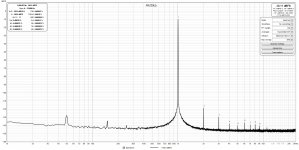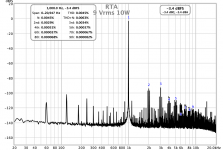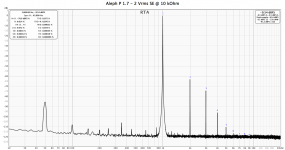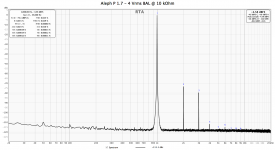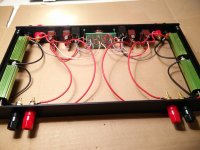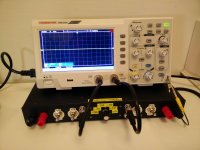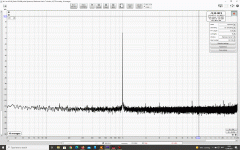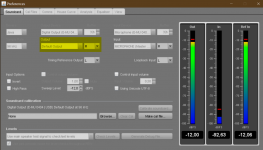The point I was trying to make is this:
The Akitika oscillator is specified as follows: (typical figures measured with AP)
2nd harm 0.00017% (-115dB)
3rd harm 0.000031% (-130dB)
The OP measured:
2nd harm 0.00002% (-133.97dB)
3rd harm 0.000018% (-134.89dB)
And hence measuring lower THD than the oscillator in use can typically source.
Which is why I suggested trying other software.
I think the beta version of REW is also generally more accurate in my experience.
EDIT: Taking the fundamental into account @ -11.6dB
measured: 2nd harm: 0.000020% -133.979 dB (-122.379 dB) 0.000076%
measured: 3rd harm: 0.000018% -134.894 dB (-123.296) dB 0.000068%
So actual measured figures are as the 2nd column above - so are the panel figures in REW failing to take into account the fundamental?
The Akitika oscillator is specified as follows: (typical figures measured with AP)
2nd harm 0.00017% (-115dB)
3rd harm 0.000031% (-130dB)
The OP measured:
2nd harm 0.00002% (-133.97dB)
3rd harm 0.000018% (-134.89dB)
And hence measuring lower THD than the oscillator in use can typically source.
Which is why I suggested trying other software.
I think the beta version of REW is also generally more accurate in my experience.
EDIT: Taking the fundamental into account @ -11.6dB
measured: 2nd harm: 0.000020% -133.979 dB (-122.379 dB) 0.000076%
measured: 3rd harm: 0.000018% -134.894 dB (-123.296) dB 0.000068%
So actual measured figures are as the 2nd column above - so are the panel figures in REW failing to take into account the fundamental?
Last edited:
Thank you for your input Tony. I think I'm on the latest version 5.20.3I think the beta version of REW is also generally more accurate in my experience.
I'd like to try and find the problem with REW as I will carry on with this. I've been playing around with the same amp and different cables etc.for the last few days as I familiarised myself with REW, this is the first time I've seen a figure that low.
Sweep-based distortion measurements are limited in the S/N they can achieve, even with the longest sweeps. Use the stepped sine measurement for distortion of electronics.I had a go at producing THD vs Freq., never done this before, is this what you're after?
Hi Guys,
Great to see all the activity going on here - great stuff! I did not know about the stepped sine capability, JohnPM keeps us constantly amazed by all the built-in capability of this super program.
I recently had some dodgy measurements on my 2i4 which has served me well for years but I suspect I may have a damaged front end opamp or something. The noise seems higher than usual lately. So I decided to switch to a Behringer UM2 that I bought a while back on a whim for $30 (nowadays it is $45). It's cheap and plasticky, but the measurements are not bad for a casual measurement of most DIY amps - also has 48v phantom PSU for mics that require that.
Here is a baseline self noise measurment (external oscillator off in loopback mode):
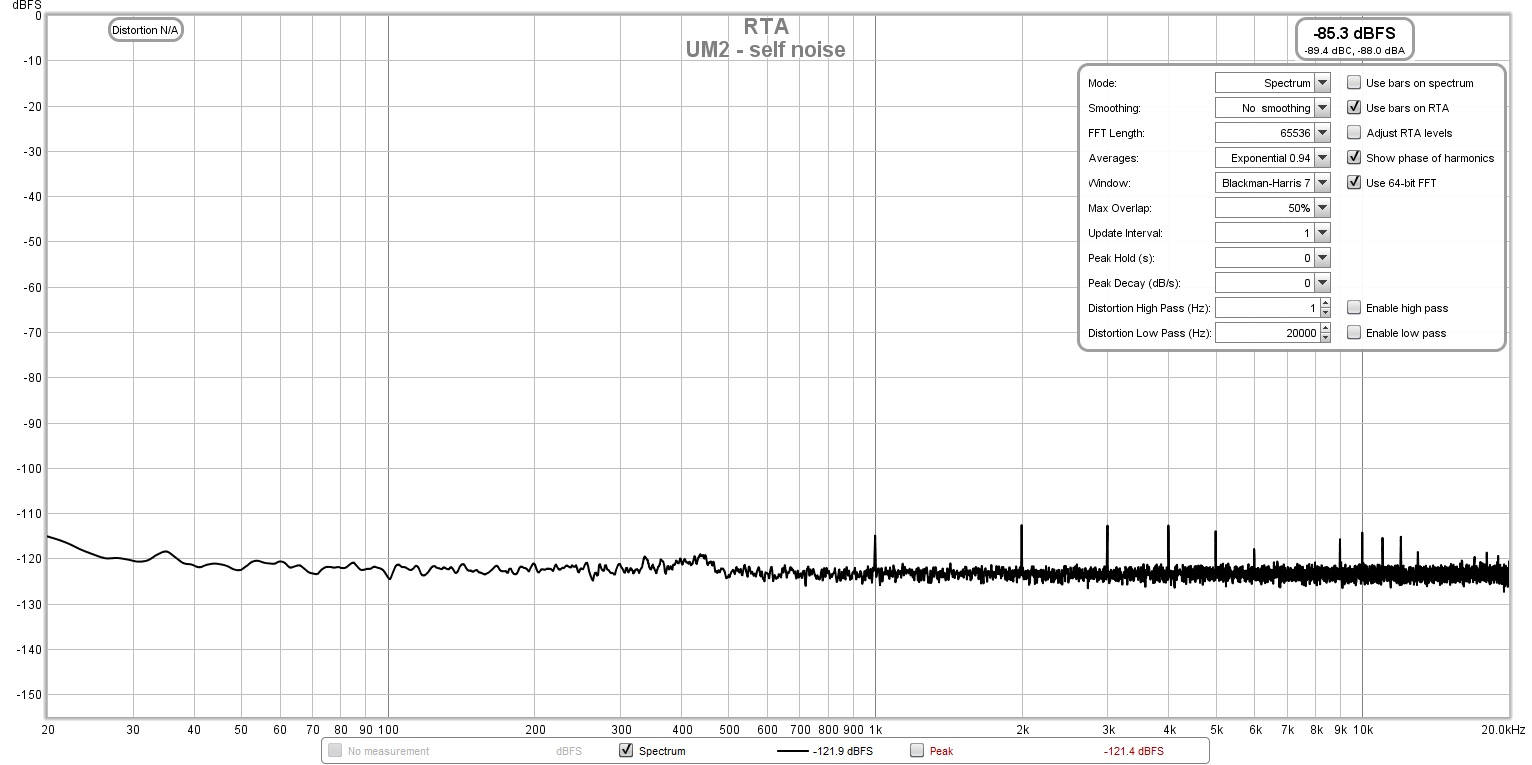
There are some strange 1k/2k/3k... small artifacts which are annoying as they line up with the key frequencies of interest.
Here is an Akitika 2ppm source connected via an RCA to XLR adapter plug (so pins 1 and 3 shorted) with 0.10vrms input from the oscillator:
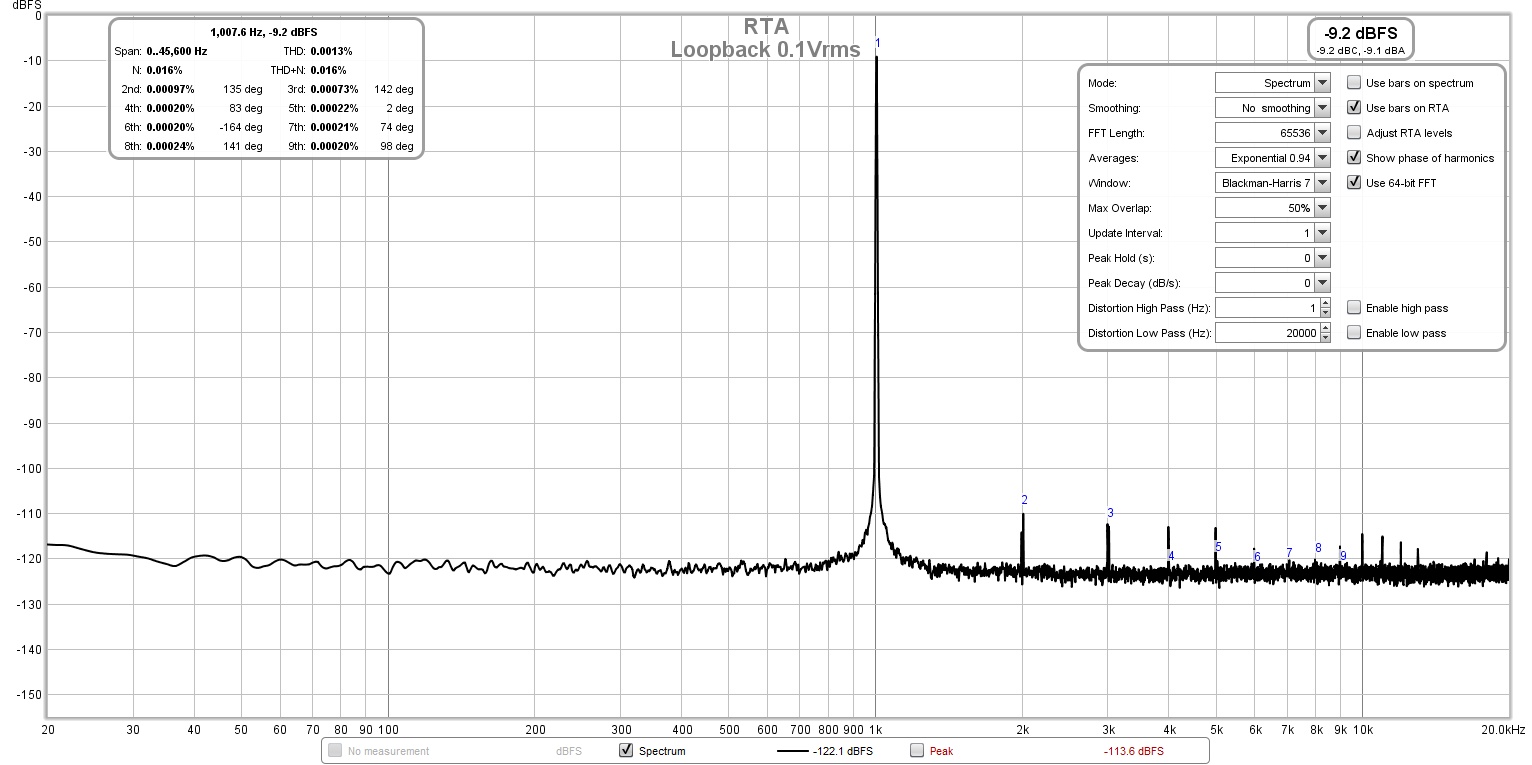
It looks like the bottom limit of the UM2 is about 0.0013% THD and 0.001% o any component at 1kHz/2kHz etc. Because of that self-noise, half of the distortion is coming from the device itself. But again, for $30, I am not going to complain for something with XLR/TRS balanced input.
Here is a measurement of my new SuSyLu 100w balanced Class A amp at 8.0Vrms (10ohm dummy load consisting of fan cooled EBG UXP-300 non-inductuve resistor):
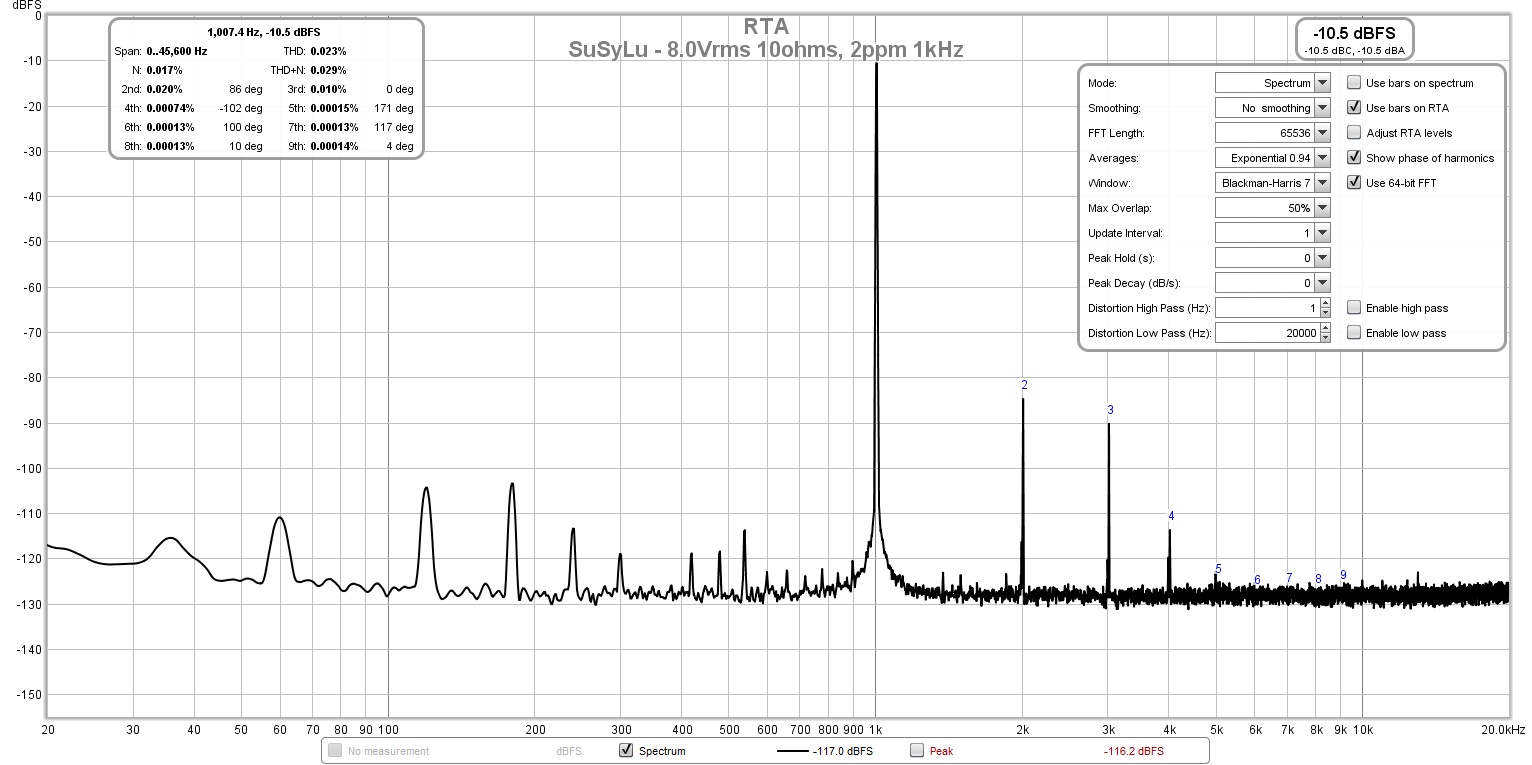
Here is the amp at 15Vrms:
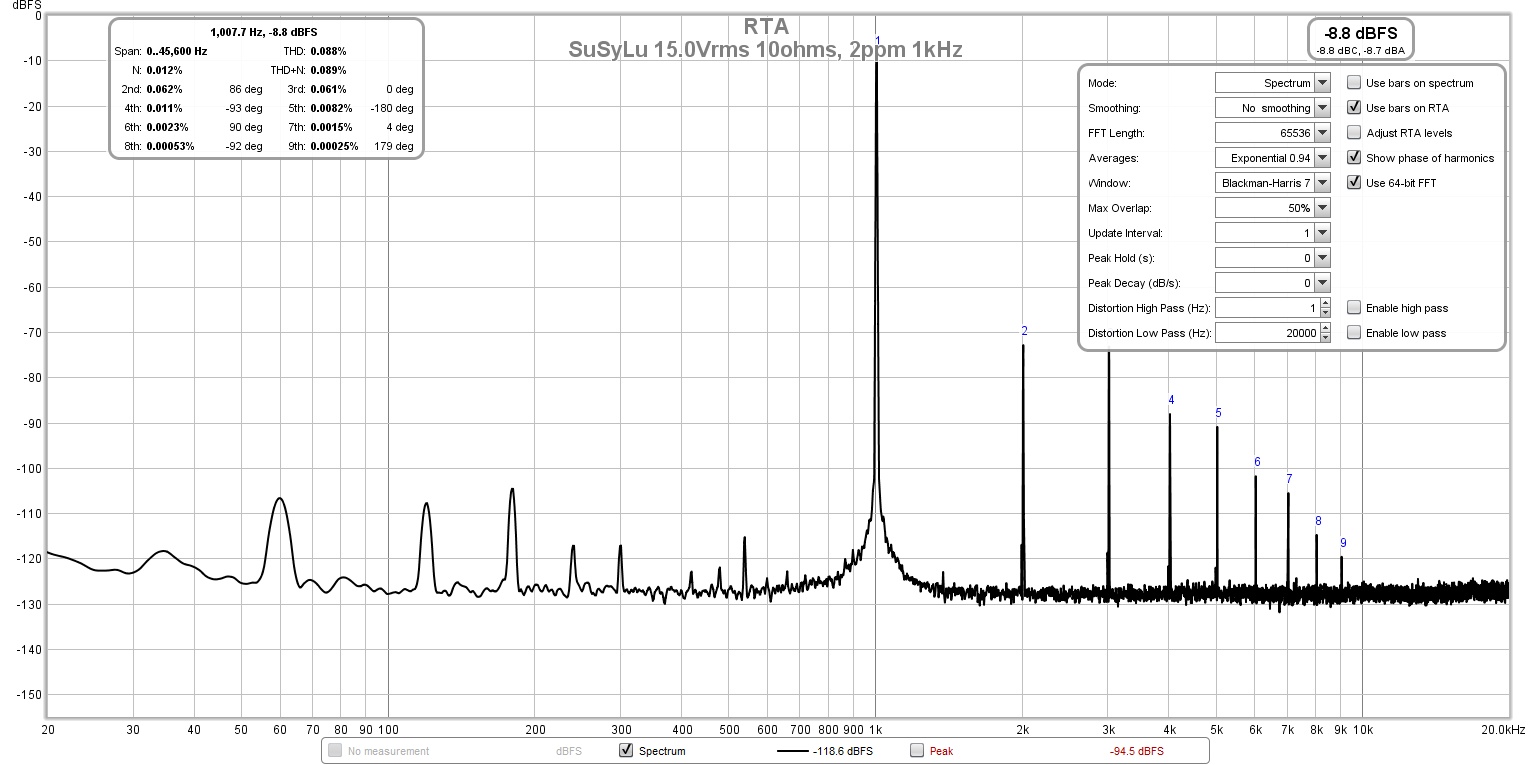
Amp background noise levels are from linear CRCRC PSU drawing 6.0A at 30v continuously:
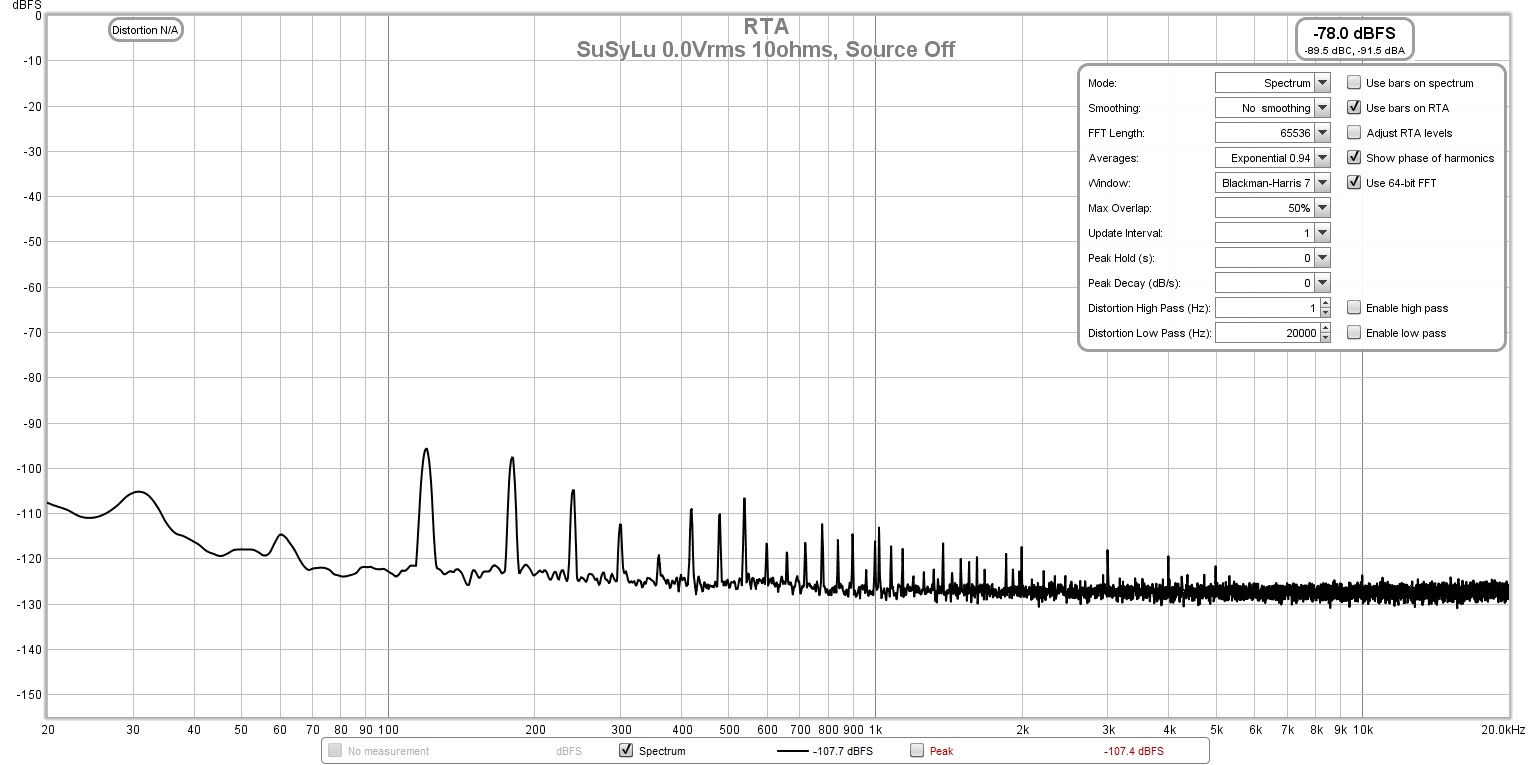
So in a pinch, the Behringer came to the rescue as the 2i4 went bad.
Great to see all the activity going on here - great stuff! I did not know about the stepped sine capability, JohnPM keeps us constantly amazed by all the built-in capability of this super program.
I recently had some dodgy measurements on my 2i4 which has served me well for years but I suspect I may have a damaged front end opamp or something. The noise seems higher than usual lately. So I decided to switch to a Behringer UM2 that I bought a while back on a whim for $30 (nowadays it is $45). It's cheap and plasticky, but the measurements are not bad for a casual measurement of most DIY amps - also has 48v phantom PSU for mics that require that.
Here is a baseline self noise measurment (external oscillator off in loopback mode):
There are some strange 1k/2k/3k... small artifacts which are annoying as they line up with the key frequencies of interest.
Here is an Akitika 2ppm source connected via an RCA to XLR adapter plug (so pins 1 and 3 shorted) with 0.10vrms input from the oscillator:
It looks like the bottom limit of the UM2 is about 0.0013% THD and 0.001% o any component at 1kHz/2kHz etc. Because of that self-noise, half of the distortion is coming from the device itself. But again, for $30, I am not going to complain for something with XLR/TRS balanced input.
Here is a measurement of my new SuSyLu 100w balanced Class A amp at 8.0Vrms (10ohm dummy load consisting of fan cooled EBG UXP-300 non-inductuve resistor):
Here is the amp at 15Vrms:
Amp background noise levels are from linear CRCRC PSU drawing 6.0A at 30v continuously:
So in a pinch, the Behringer came to the rescue as the 2i4 went bad.
Last edited:
Behringer UM2 is a USB fullspeed (12Mbps) soundcard. It sends/receives data every 1ms. IMO that is the 1kHz signal you see in your spectrum, very typical for fullspeed soundcards. The measurement signal with this card should differ a bit from 1kHz so that the results do not overlap with the 1kHz USB interference.
xrk971, that shows how well many cheap soundcard interfaces can do the job as a basic audio tool (ie. allow practical assessment of distortion products and any other signals down at a comparatively low noise level) without having to be aesthetically pleasing to the eye with a subterranean and flat noise floor with no extraneous signals poking out. I'd even expect that loopback using its own DAC output would be similarly as good with REW, especially for distortion testing as harmonic cancellation can be deployed and a test frequency away from 1kHz can be used.
Finally got this working using a Focusrite Scarlet 2i2.
I think it was you, xrk, which suggested that you need to use T and R, not T and S, on a TRS for the input to the interface. After many attempts and finally reading the documentation *VERY* carefully, it seems the Scarlet 2i2 automatically configures itself to Line Input when you use a TRS (not TS) jack.
I was not able to get good distortion measurements using the direct out of the scarlet, decided to use my iPhone's DAC, seemed to work fine.
I did not use an attenuator, so max power I was able to send into this thing I believe is:
P = ( 9 * 9 ) / 8 = 10 W
It was fun playing around with the different gain stages: 2i2 preamp input, phone DAC, amplifier preamp.
Anyway, I am pleased with the results. Thanks for all the info in this thread!
I think it was you, xrk, which suggested that you need to use T and R, not T and S, on a TRS for the input to the interface. After many attempts and finally reading the documentation *VERY* carefully, it seems the Scarlet 2i2 automatically configures itself to Line Input when you use a TRS (not TS) jack.
I was not able to get good distortion measurements using the direct out of the scarlet, decided to use my iPhone's DAC, seemed to work fine.
I did not use an attenuator, so max power I was able to send into this thing I believe is:
P = ( 9 * 9 ) / 8 = 10 W
It was fun playing around with the different gain stages: 2i2 preamp input, phone DAC, amplifier preamp.
Anyway, I am pleased with the results. Thanks for all the info in this thread!
Attachments
It is amazing how fast they seem to get snapped up on eBay. I can't find any either.
If someone needs one for measurements there is one E-MU 0404 USB presently on eBay with box and packing materials:
creative e mu 0404 | eBay
I got mine a little cheaper but they didn't have the box or anything like that.
What an amazing thread this is. I have played around myself with recycled parts using my wife's old MacBook (still has the CD-ROM!), an old Echo Audiofire 4 (firewire sound card) that has collected dust for 10 years or so and a case I had around where I placed four 8 Ohm / 100 W resistors (unknown chinese stuff), few switches and the Aktika-style attenuator. BNC goes to the oscilloscope, TRS to the soundcard.
I know that the resistors are not ideal and will be replaced at some point. However, I have been able to chase and learn more about hum and buzz for instance. Quite revealing has been the measurements of the Aleph P1.7 where the BAL connection has almost eliminated the 50Hz peak.
I know that the resistors are not ideal and will be replaced at some point. However, I have been able to chase and learn more about hum and buzz for instance. Quite revealing has been the measurements of the Aleph P1.7 where the BAL connection has almost eliminated the 50Hz peak.
Attachments
Last edited:
Trying my EMU 0404 USB as a measurement device for the first time, just plain loopback for now with a single stereo cable. Having some issues.
1. Got it working with RMAA, yesterday the best noise floor I could get was -86 dB. Tried the exact same thing today and it's instantly down to -112 dB, multiple measurements with different settings - not a single bad one, only minor variation. Any idea what the problem could be? Bad cable / connection, perhaps?
2. While RMAA works fine, I don't understand what REW is doing and can't get it to work. Why no signal in one channel?
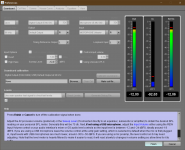
1. Got it working with RMAA, yesterday the best noise floor I could get was -86 dB. Tried the exact same thing today and it's instantly down to -112 dB, multiple measurements with different settings - not a single bad one, only minor variation. Any idea what the problem could be? Bad cable / connection, perhaps?
2. While RMAA works fine, I don't understand what REW is doing and can't get it to work. Why no signal in one channel?

Why no signal in one channel?
You only have the right channel selected for output. Change it to "L+R"
Attachments
I know that the resistors are not ideal and will be replaced at some point.
I use those resistors and they work well for me. But you should consider attaching them to heatsinks.
Also - to keep noise low, you potential divider should be relatively low impedance.
- Home
- Design & Build
- Software Tools
- How to - Distortion Measurements with REW
